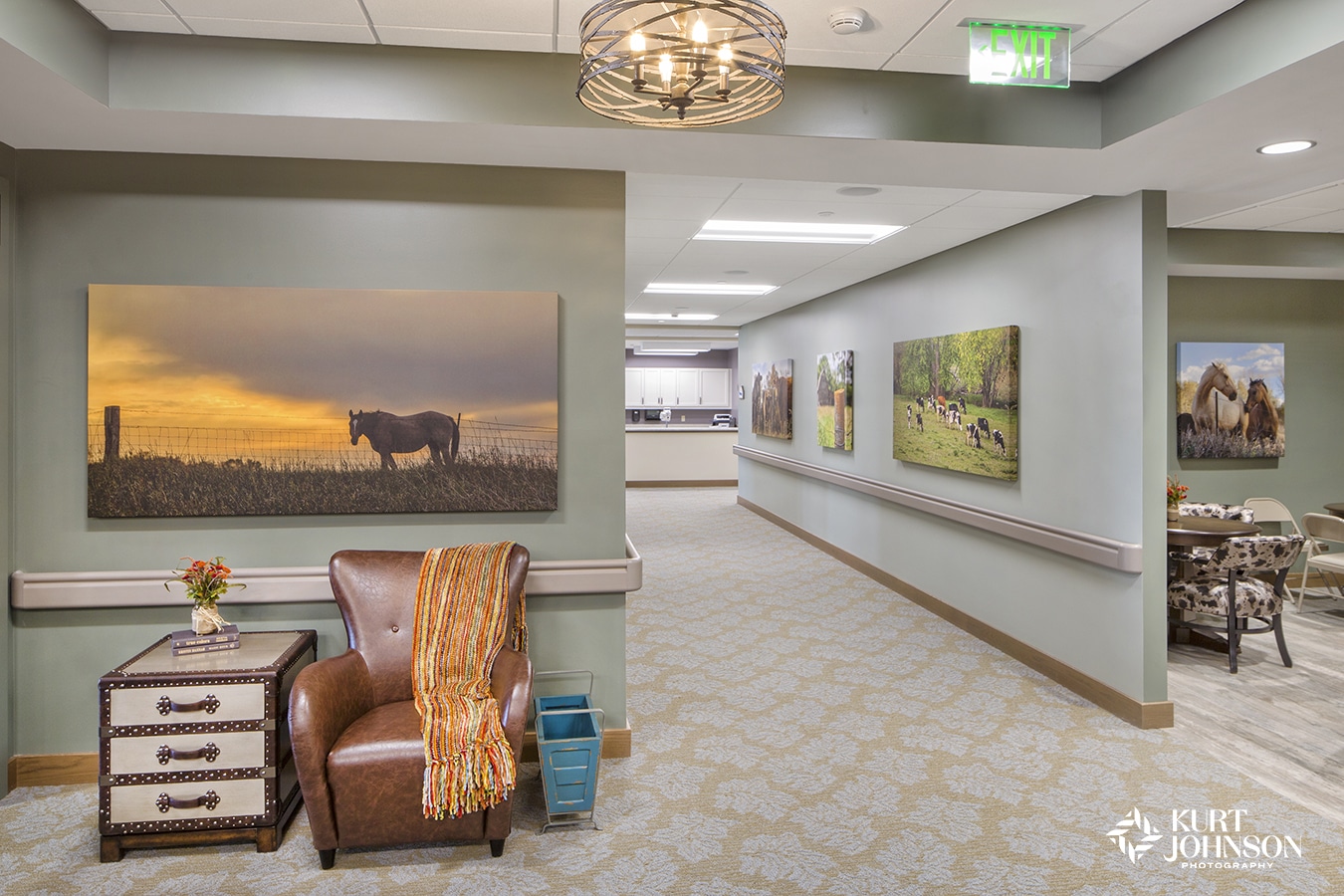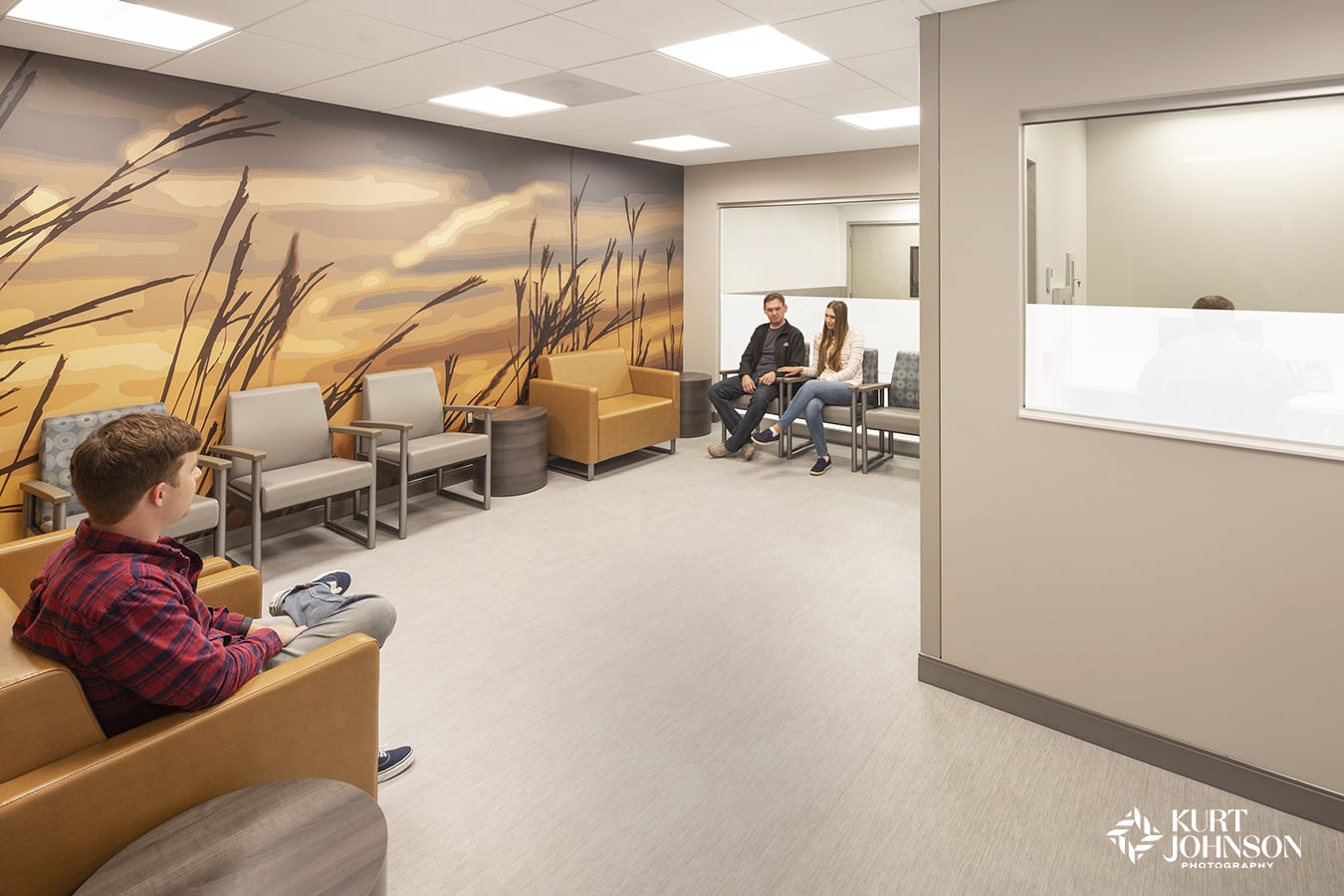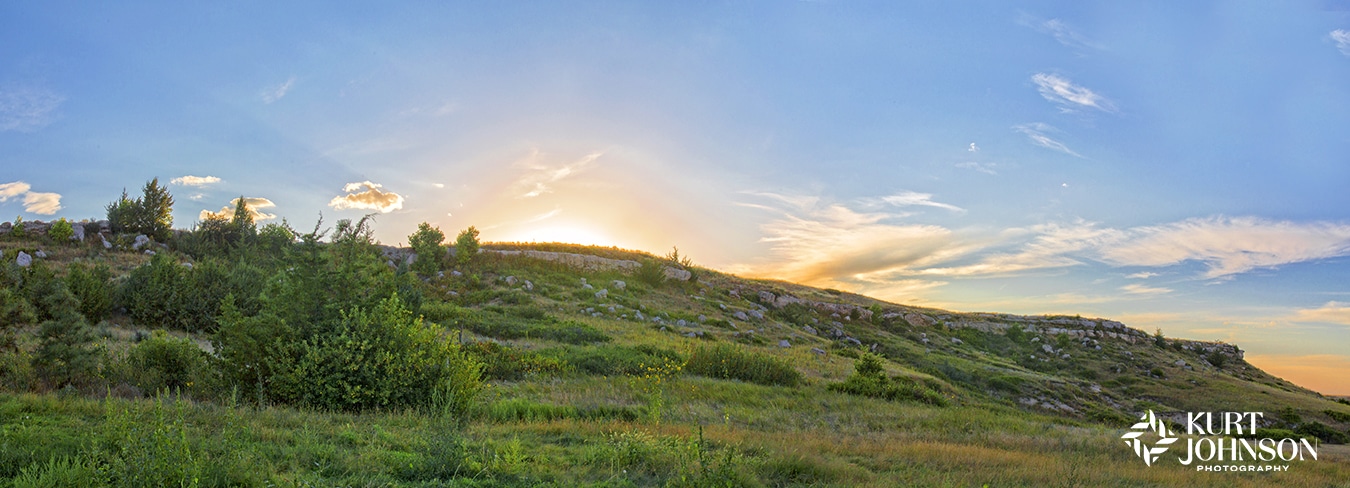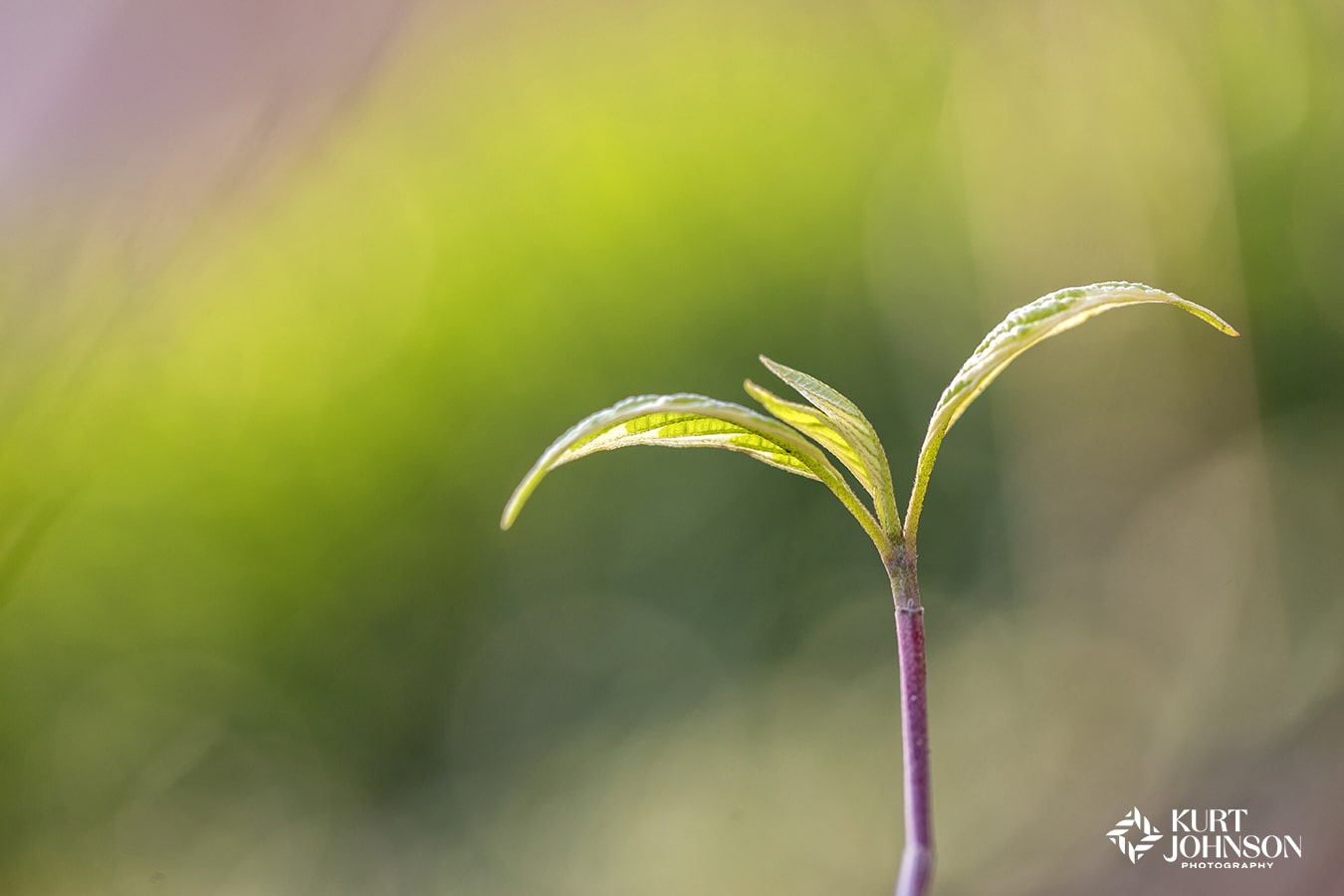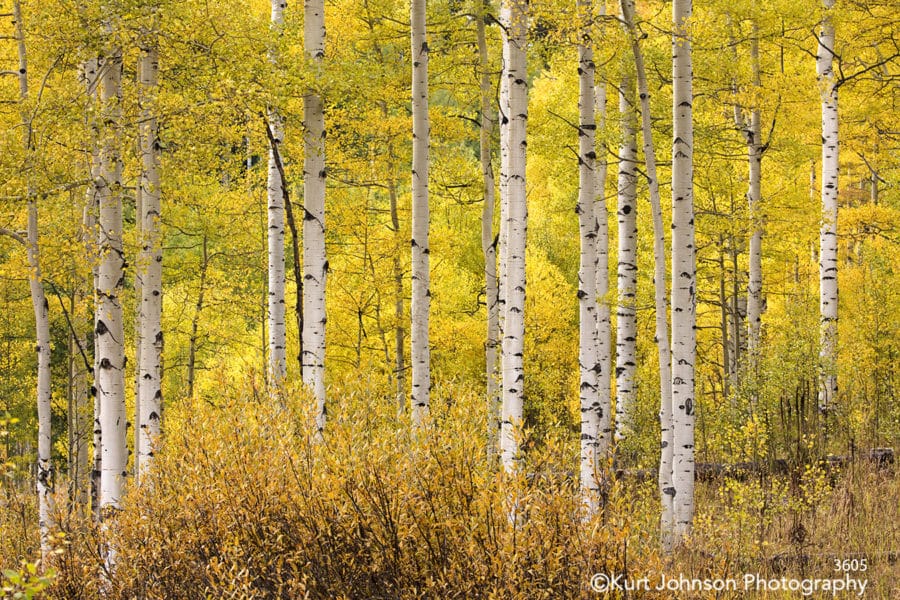5 Healthcare Design Trends for 2024 and Beyond
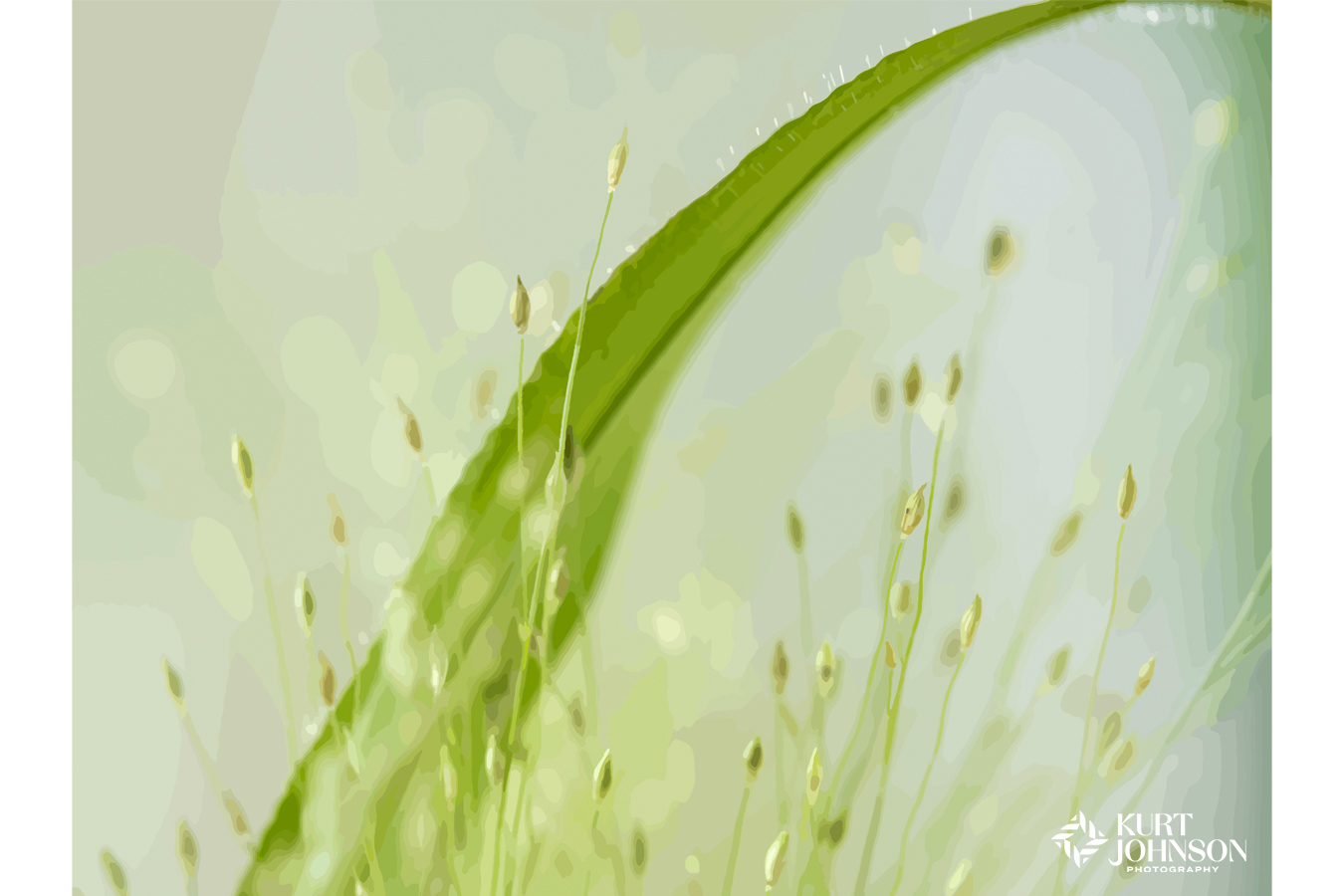
As the need for more hospitals and healthcare facilities specializing in both physical and mental wellness continues to grow, as our aging population increases and technological advances unveil new treatments and medicines, the need for wellness environments is not slowing down.
We work with hospitals and healthcare environments across the country, from large-scale facilities with multiple buildings to rural wellness centers that often care for residents in several neighboring small towns.
Regardless of size, all wellness environments understand the importance of using nature photographs to improve outcomes for the entire care team. But talking to hospital CEOs, head nurses, healthcare designers, and other experts in the healthcare design field over the past several months, we’ve noticed several healthcare design trends showing up in multiple projects.
So, fresh on the heels of the Healthcare Design Conference and Expo in New Orleans, LA, we thought it would be a good time to look at some of these healthcare design trends and explore their growing appeal.
Here are 5 healthcare design trends that continue to grow:

1. Art for Stress Reduction –
This one isn’t new, but it’s one of the most important and effective healthcare design trends. Continued emphasis on using art as a means for stress reduction and anxiety management is still a big trend when creating environments that heal because it works.
Healthcare design expert, Sara Marberry, told us incorporating nature into new and existing healthcare designs is something still at the top of many conversations because of the benefits to both patients and healthcare providers. Some of these benefits include:
- Lower anxiety and stress in patients and staff
- Decreased pain perception as measured by things like blood pressure and heart rate
- Reduced need for pain medication
- Lower rates of depression associated with chemotherapy, dialysis, and other invasive treatments
- Improved recovery times
- Reduction in abusive behaviors by mental healthcare patients
- Shorter hospital stays
- Lower employee turnover and missed days
- Increased connection with the outdoors which results in better overall health
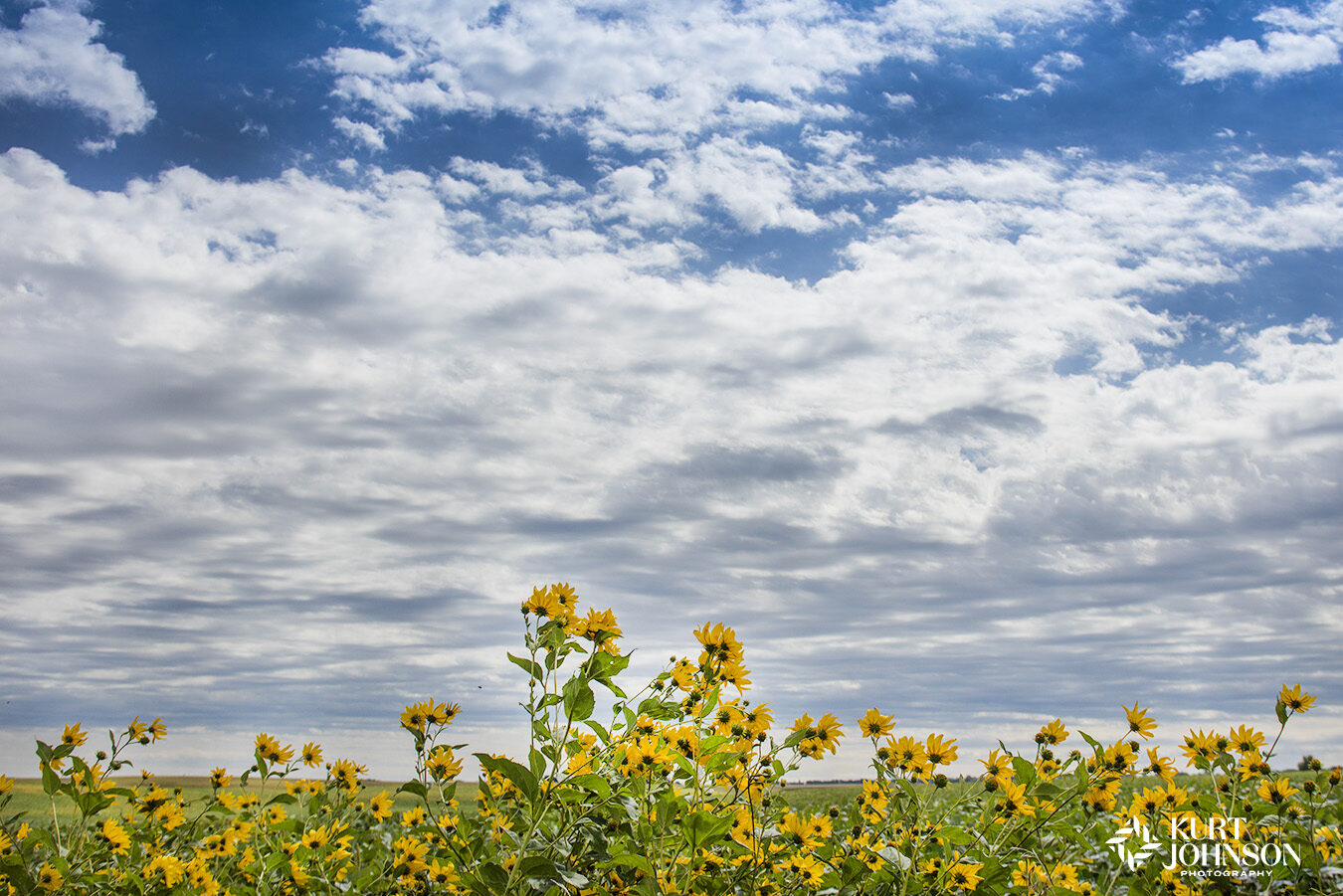
Art selections that promote mental and emotional well-being reflect a growing awareness of the impact of the physical environment on patient recovery. This includes using things such as calming colors, uplifting imagery, and themes that evoke positive emotions and reduce stress.
There’s no downside to bringing nature indoors via fine art nature photography.
2. Multipurpose Artwork-
Gone are the days of photos in frames being an afterthought when it comes to healthcare design. The current healthcare design trend means considering artwork as part of the entire design plan, from the very beginning of construction.
Similar to the thinking behind whole-person healthcare, which considers all aspects of an individual’s health (mental, physical, and environmental), healing artwork is most effective when it’s included within the larger design scheme. That’s why you’ll often see us measuring walls and wearing hard hats for many of the projects we’re working on.
This allows art to become part of the design solution where it serves more than one purpose. Not only is nature imagery a positive distraction, but it also helps patients navigate complex medical buildings.
Many clients, like UNMC’s Nebraska Medicine and Allina Health, use artwork to create seamless, intuitive wayfinding. And this starts with the floorplans.
Things like DIRRT panels are another multi-purpose solution that can house important medical equipment and be easily adapted when needed while also displaying soothing imagery that improves outcomes.
OrthoNebraska uses a mix of framed and canvas nature photographs to create an inviting environment and motivate patients as they recover at their rehabilitation clinic in Elkhorn, Nebraska. Nature images remind patients to get back to doing what they love.
3. Community-based Imagery –
Nature images taken from the area surrounding the facility where they’ll be displayed have been shown to have increased benefits for the entire care team. Local artwork engages patients and staff creating a sense of community. Recognizable nature images from the area help patients feel welcome and at home, both things which lower the stress and fear often associated with hospital visits.
Local images also serve as talking points between patients and staff, fostering connection, which builds trust between patients and caretakers. This is especially important during long-term hospital stays and in senior living environments, where the level of comfort is directly tied to outcomes.
Artwork that reflects the local or regional culture can help seniors feel a sense of connection to their communities and may also spark memories and conversation. When residents see things they recognize, they’re able to immediately engage with the art and those around them.
Visual storytelling using local nature images is a powerful way to create environments that soothe, comfort, and inspire, and there’s nothing more meaningful than making patients and visitors feel the comfort of home.
4. Large-scale Graphics –
Most hospitals and healthcare environments have large wall spaces to fill. And leaving large, blank spaces devoid of art is a common mistake that makes medical buildings feel more cold and sterile.
For this reason, large-scale graphics like panoramas or vectors are wonderful ways to immerse viewers in nature via imagery.
Panoramas make viewers feel like part of the scene and can transform blank spaces into soothing spaces that heal. Using panoramic images with lots of detail and dynamic range provides stunning resolution that transports patients and staff to the outdoors.
Vector graphics are also popular choices when you want large-scale images without losing clarity or detail. Like panoramas, they’re great, positive distractions that also aid in wayfinding.
With more and more healthcare environments being built, the need for large-scale graphics that support healing is not a healthcare design trend we see going away anytime soon.
5. Innovative Art & Design –
Many healthcare environments want something beyond traditional nature photography. They’re looking for artwork with the same benefits as nature imagery but more unique.
That’s where Innovations come in. We created our Innovations line out of a need to find art solutions for healthcare environments, and we’ve seen an increased interest in this line over the past several months.
Our Innovations line includes Impressionism images that have a painterly look, evoking the feel of a painting through the use of brushstrokes. They’re custom works of art inspired by nature, providing the same benefits as traditional nature art but with a twist.
Our Layers line is also a fresh take on nature imagery but with a focus on layers of design. Multiple images and design elements form these visually engaging images that showcase nature in new and unexpected ways,
We’ve seen an increase in hospital CEOs and healthcare designers looking for more innovative forms of nature art. They want the research-backed benefits nature photography provides to patients and staff, but they also want something fresh and unique.
Innovations are not your typical nature images but are still nature-based, resulting in the same positive outcomes as traditional nature photography.
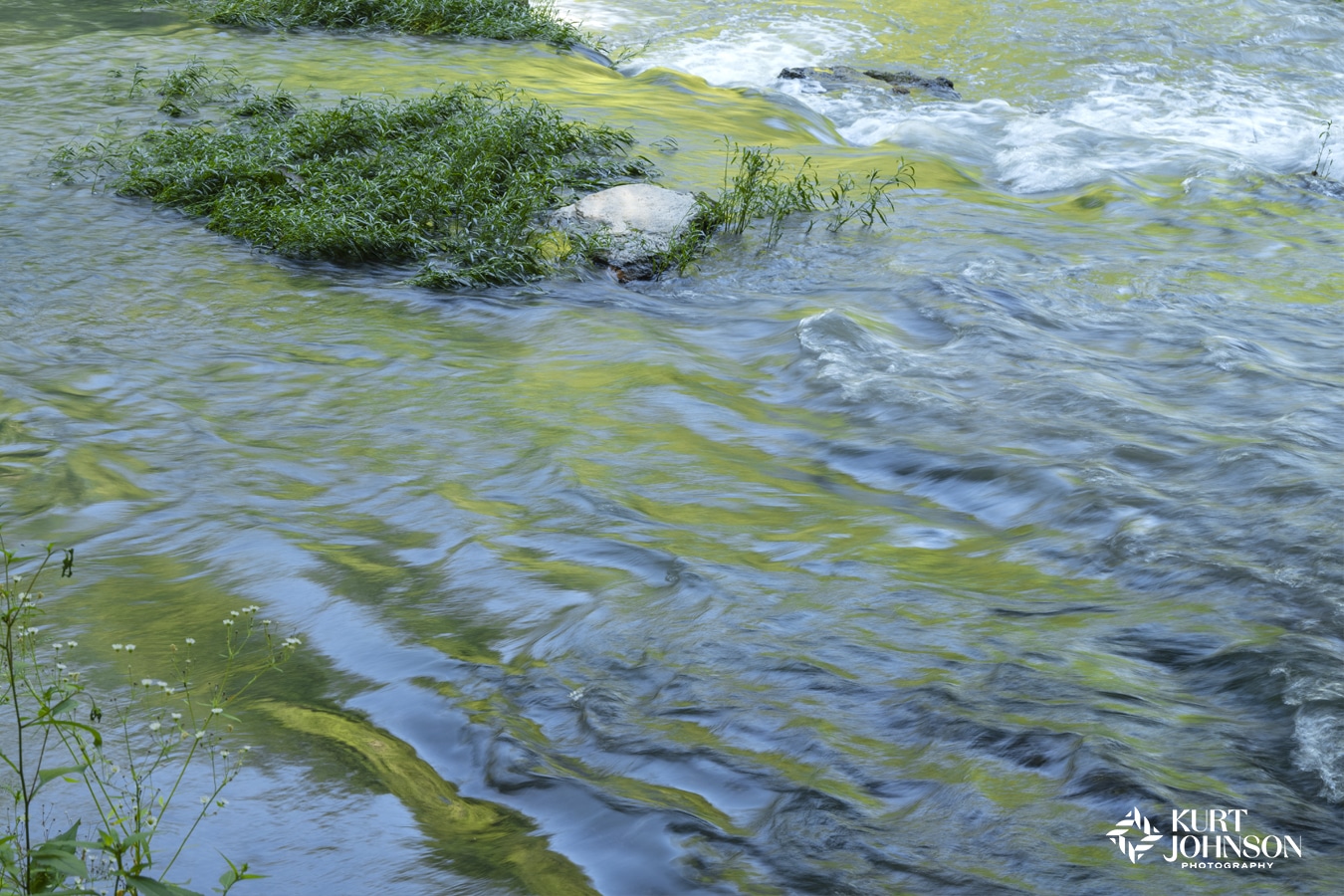
As the healthcare industry continues to grow and expand, the need for soothing nature imagery remains at the forefront of healthcare design trends for good reason.
Incorporating nature images is an easy, effective way to promote healing, reduce stress, and improve the overall well-being of patients and healthcare providers. The flexibility of nature imagery is especially appealing for creating spaces that build trust and community while also contributing to the mental and physical health of the entire care team.

Categories: Healing, Healthcare, Research





